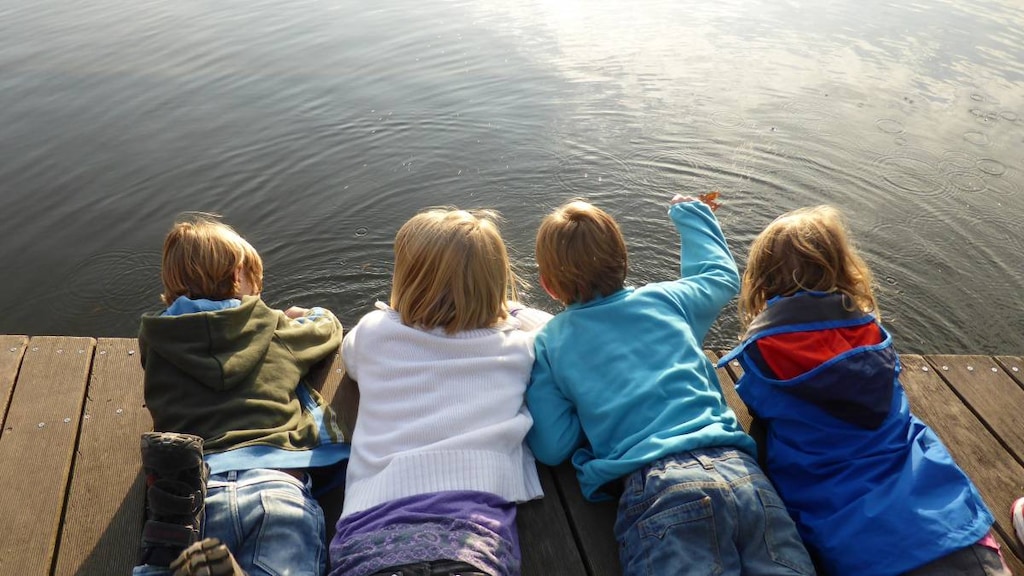Dosage Forms
Excipient information presented when available (limited, particularly for generics); consult specific product labeling.
Suspension, External:
Natroba: 0.9% (120 mL) [contains benzyl alcohol, cetearyl alcohol, fd&c yellow #6 (sunset yellow), isopropyl alcohol, propylene glycol]
Generic: 0.9% (120 mL)
Pharmacology
Mechanism of Action
Insect paralysis and death is caused by central nervous system excitation and involuntary muscle contractions. Spinosad is thought to be both pediculicidal and ovicidal (Stough, 2009).
Pharmacokinetics/Pharmacodynamics
Absorption
Not absorbed topically (<3 ng/mL in a pediatric patient plasma sampling study); absorption of the benzyl alcohol was not analyzed in this study.
Use: Labeled Indications
Head lice: Topical treatment of head lice (Pediculosis capitis) infestation in adults and children ≥6 months of age
Contraindications
There are no contraindications listed in the manufacturer’s labeling
Dosage and Administration
Dosing: Adult
Head lice: Topical: Apply sufficient amount to cover dry scalp and completely cover dry hair; 120 mL may be necessary depending on the length of hair. If live lice are seen 7 days after first treatment, repeat with second application.
Dosing: Geriatric
Refer to adult dosing.
Dosing: Pediatric
Head lice: Infants ≥6 months, Children, and Adolescents: Topical: Suspension: Apply sufficient amount to cover dry scalp and completely cover dry hair (maximum single application dose: 120 mL); leave on for 10 minutes and then rinse out with warm water. If live lice are seen 7 days after first treatment, repeat with second application.
Administration
Topical suspension; for external use only. Shake bottle well. Apply to dry scalp and rub gently until the scalp is thoroughly moistened, then apply to dry hair; completely covering scalp and hair. Wash hands after application. Leave on for 10 minutes (start timing treatment after the scalp and hair have been completely covered). The hair should then be rinsed thoroughly with warm water. Shampoo may be used immediately after the product is completely rinsed off. If live lice are seen 7 days after the first treatment, repeat with second application. Avoid contact with the eyes. Nit combing is not required, although a fine-tooth comb may be used to remove treated lice and nits.
Spinosad should be a portion of a whole lice removal program, which should include washing or dry cleaning all clothing, hats, bedding and towels recently worn or used by the patient and washing combs, brushes, and hair accessories in hot water.
Storage
Store at 25°C (77°F); excursions permitted between 15°C to 30°C (59°F to 86°F).
Drug Interactions
There are no known significant interactions.
Adverse Reactions
1% to 10%: Dermatologic: Application site erythema (3%), erythema of eyelid (2%), application site irritation (1%)
<1%, postmarketing, and/or case reports: Alopecia, application site reactions (dryness, exfoliation), dry skin
Warnings/Precautions
Dosage form specific issues:
- Benzyl alcohol and derivatives: Some dosage forms may contain benzyl alcohol; large amounts of benzyl alcohol (≥99 mg/kg/day) have been associated with a potentially fatal toxicity (“gasping syndrome”) in neonates; the “gasping syndrome” consists of metabolic acidosis, respiratory distress, gasping respirations, CNS dysfunction (including convulsions, intracranial hemorrhage), hypotension, and cardiovascular collapse (AAP ["Inactive" 1997]; CDC, 1982); some data suggests that benzoate displaces bilirubin from protein binding sites (Ahlfors, 2001); avoid or use dosage forms containing benzyl alcohol with caution in neonates. See manufacturer’s labeling.
Other warnings/precautions:
- Appropriate use: For topical use on scalp and scalp hair only; not for oral, ophthalmic, or intravaginal use. Avoid contact with eyes. Wash hands after application. Should be used as a part of an overall lice management program.
Monitoring Parameters
Monitor scalp for lice
Pregnancy
Pregnancy Risk Factor
B
Pregnancy Considerations
Adverse events were not observed in animal reproduction studies. The amount of spinosad absorbed systemically following topical administration is expected to be <3 ng/mL. Human studies did not assess the absorption of benzyl alcohol, an ingredient in the product.
Patient Education
- Discuss specific use of drug and side effects with patient as it relates to treatment. (HCAHPS: During this hospital stay, were you given any medicine that you had not taken before? Before giving you any new medicine, how often did hospital staff tell you what the medicine was for? How often did hospital staff describe possible side effects in a way you could understand?)
- Have patient report immediately to prescriber eye irritation or skin irritation (HCAHPS).
- Educate patient about signs of a significant reaction (eg, wheezing; chest tightness; fever; itching; bad cough; blue skin color; seizures; or swelling of face, lips, tongue, or throat). Note: This is not a comprehensive list of all side effects. Patient should consult prescriber for additional questions.
Intended Use and Disclaimer: Should not be printed and given to patients. This information is intended to serve as a concise initial reference for health care professionals to use when discussing medications with a patient. You must ultimately rely on your own discretion, experience, and judgment in diagnosing, treating, and advising patients.
